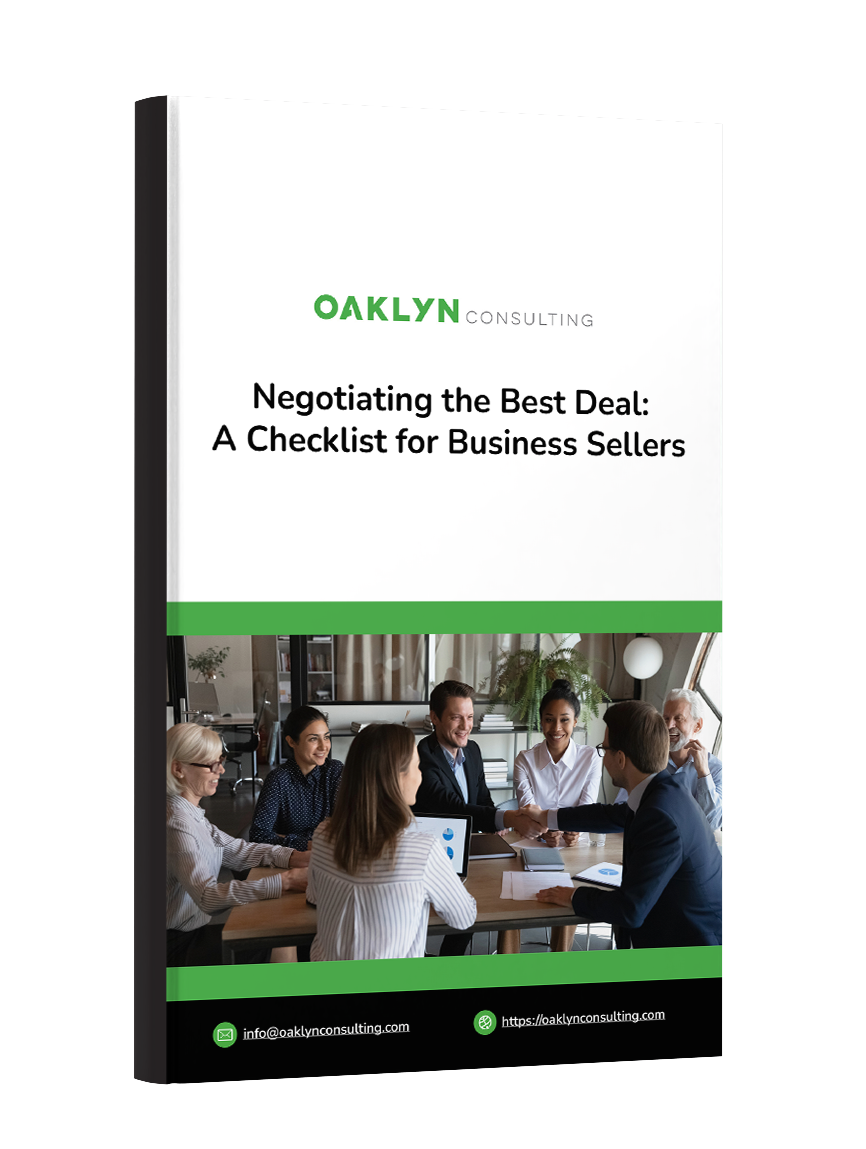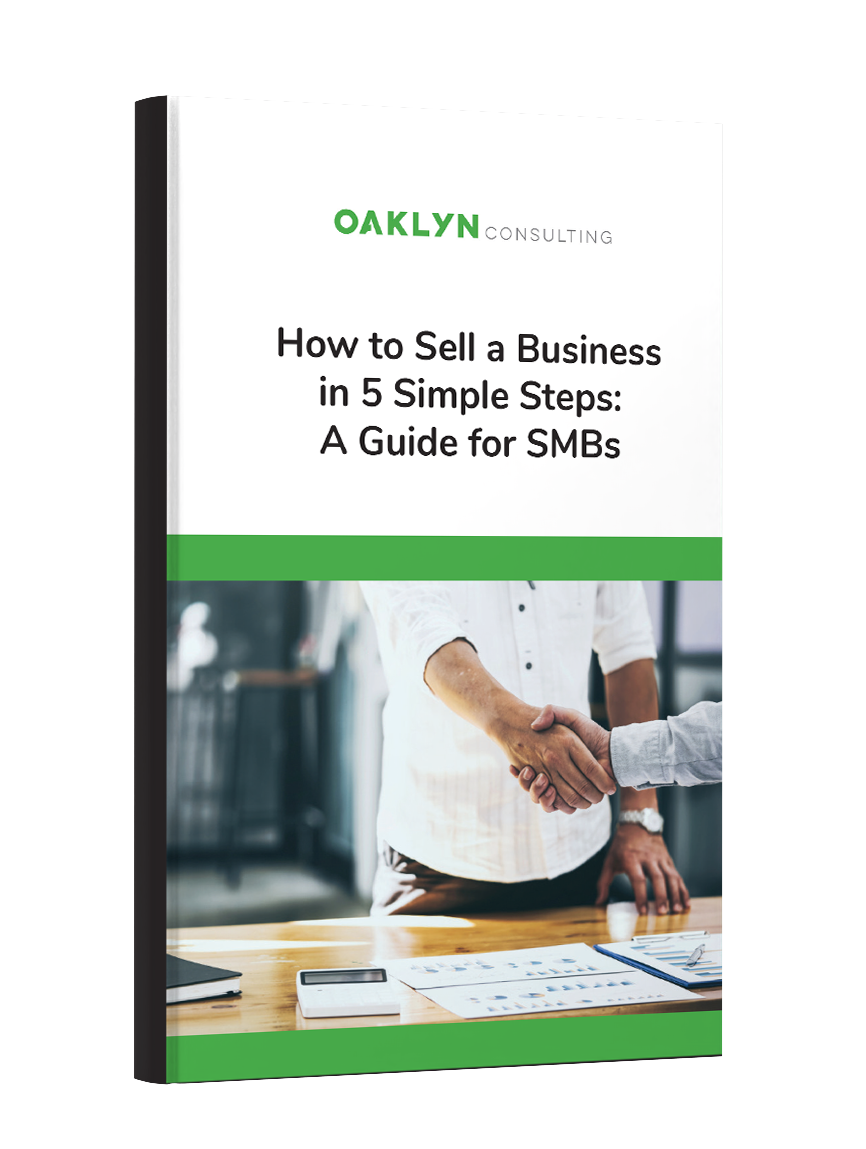If you’ve been asked to design the direct equity investment strategy for a family office, there are some things you should first consider before making any decisions. I was honored to contribute an article to Axial offering tips to ensure you’re protecting and growing the family’s money.
Read the article in PDF.
3 STEPS TO TAKE BEFORE LAUNCHING A FAMILY OFFICE DIRECT INVESTMENT STRATEGY
In recent years, more family offices have been pursuing direct investment strategies as a way of achieving higher returns. While the prospect of sidestepping fees from investing through third-party funds is understandably tempting, there’s a real danger of stepping too quickly onto unfamiliar terrain without adequate preparation.
If you’ve been asked to design or improve the direct equity investment process for a family office, here are three things to think about first to make sure that you’re in the best position to protect and grow the family’s money.
1. Understand your stakeholders’ liquidity, concentration, and headline risk appetite
Compared to fund allocations, direct equity investments in private companies are inherently less liquid, more concentrated, and more connected reputationally to you.
Get clear guidance on the tolerance for the worst-case scenarios for your stakeholders: What if the business could not be sold for a year from when you started the exit process? What if earnings became losses? What if more funding were needed to bridge tough times? What if an accident were identified with the family?
Develop a basic framework for addressing these situations. How would decisions be made? What would the decision criteria be? At what point does pulling the cord make more sense than continuing to support an investment?
2. Agree on an allocation to the direct equity investment strategy
Once you have a good handle on the family’s desires and limits for their investments, then you can start making concrete decisions on how to move forward.
Out of the big pool of money you have to invest, there are four major investment categories where it can go:
1) liquid investments
2) semi-liquid and illiquid funds
3) direct equity investments
4) passion investments
Obviously, a certain amount of any family office’s capital needs to be kept in investments that can be sold immediately, if necessary. Another portion will probably be designated toward professionally managed money that might be less immediately available.
Direct investments in private companies should be seen as extremely illiquid, because any returns from them might not happen within a predictable timeframe. And they should be distinguished from what we call “passion investments,” which your stakeholders make for non-economic reasons like maintaining relationships with friends, supporting social causes, or following personal passions.
3. Operationalize your plans
Once your investment allocation is set in a way that makes sense, you’ve got to find some suitable investments, and you’ve got to make sure your office is equipped to vet possible opportunities and get the best ones across the finish line. Because only a small percentage of investment opportunities will be a good fit, it’s smart to network consistently to build a consistent deal flow.
Additionally, examine your office’s internal capabilities and be clear-eyed about what’s achievable and what’s not. Is your market knowledge deep enough that you understand what’s a reasonable selling price for a company? Do you have the ability to execute a deal and see it through to the exit — including ongoing monitoring and management? What responsibilities should be handled by the fiduciary members of your staff, and what might be better managed by outside consultants?
As your family office enters the world of direct investing, know that there are many opportunities out there for savvy investors to make money. But there are also plenty of potential pitfalls for those who don’t exercise enough caution with their investment planning.



